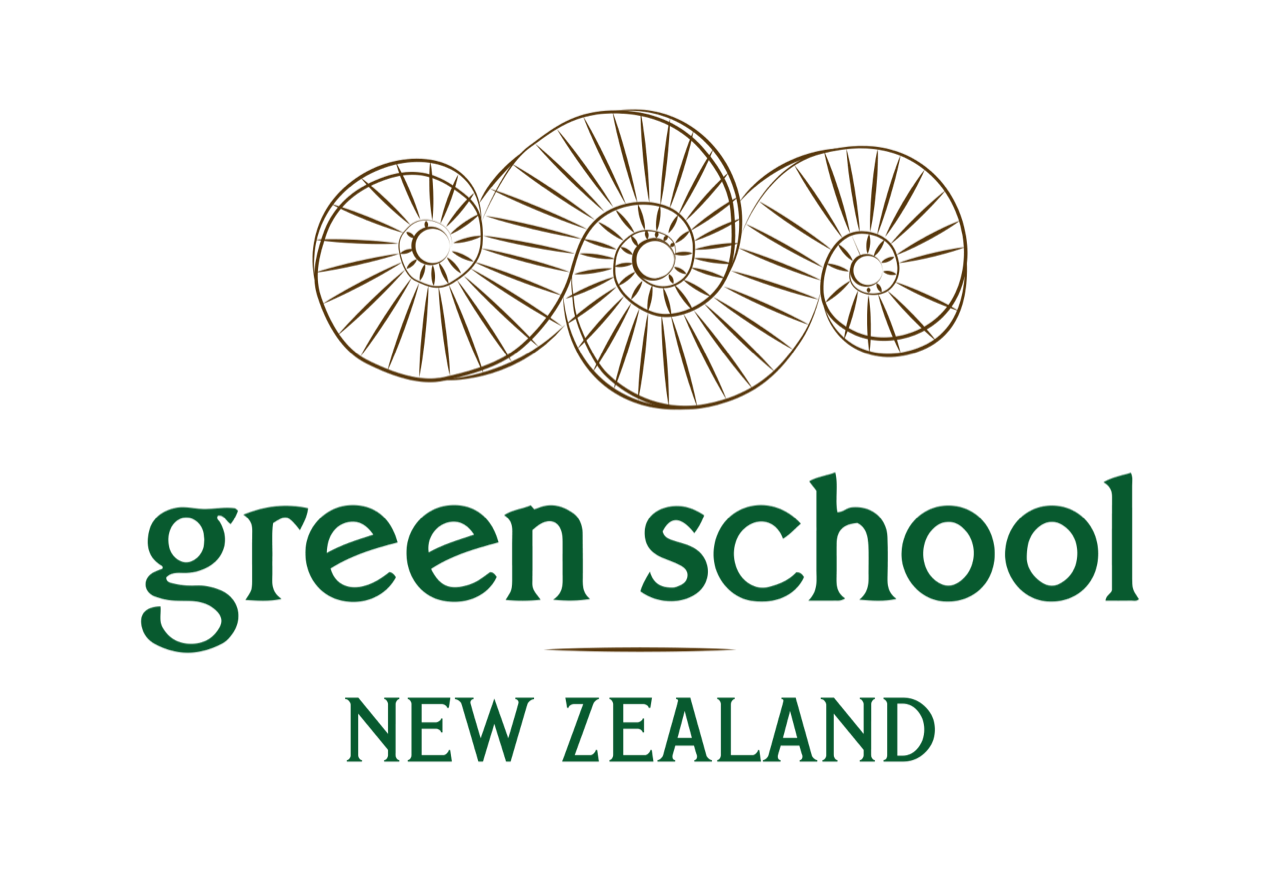
CULTURE
Community
The Green School community is one that honours and takes guidance from many elements of tikanga Māori (practices and values). From traditional pōwhiri and mihi whakatau ceremonies to welcome new families and visitors, to annual celebrations of Puanga and Parihaka Day, these practices are respectfully honoured as a way to acknowledge those who came before us, enhance community connections, and provide fulfilling experiences that broaden our knowledge of tikanga Māori.
The rich concept of tuakana teina (relationship between young and old) is also one that is integrated into our community life, with values and skills consistently being passed from older students to younger students, or parents to teachers and vice versa. We treasure these full community experiences that have stemmed from māori tradition, and the confidence and connection those experiences instil in learners, their families, and our staff.
Education
Green School New Zealand has a progressive focus towards the inclusion of te reo Māori in its curriculum. The use of reo is naturally incorporated into classroom learning, meetings, school signage, kōrero (talking) at break times, during sports and extra-curricular activities.
Each week, full school kapa haka sessions take place where learners not only come together for waiata (singing) but are immersed in lessons that focus on language, tikanga (practices and values) and manaakitanga (expressing kindness and respect to others). It is this weekly session and the actions that stem from it, which has resulted in te ao Māori becoming a natural part of the school curriculum. It has been said that Green School is not only a place where Māori culture is seen and heard, but is felt.
The Land
Our nature-based learning programme aims to educate changemakers for a positive sustainable world. Encouraging learners to form a close connection with the land and natural world around them is a key part of that. It’s a philosophy that aligns serendipitously with traditional Māori practices, and has led these practices to become influential in the development and regeneration of our campus. An example of this is our Green School crops which are planted and harvested in alignment with maramataka (the moon timetable) and then distributed to families within our community to enjoy with their loved ones, promoting connection and community engagement over kai (food). Local, natural resources found on campus are also frequently used for art projects, practical uses, skills development, and inspiring creativity within our curriculum.
Through close guidance and knowledge shared by Whaea Maata at Parihaka, we have learnt how tikanga Māori can bring us together with purpose in a way that will not only enhance our land, but the cross-generational learning and connections between us all.



